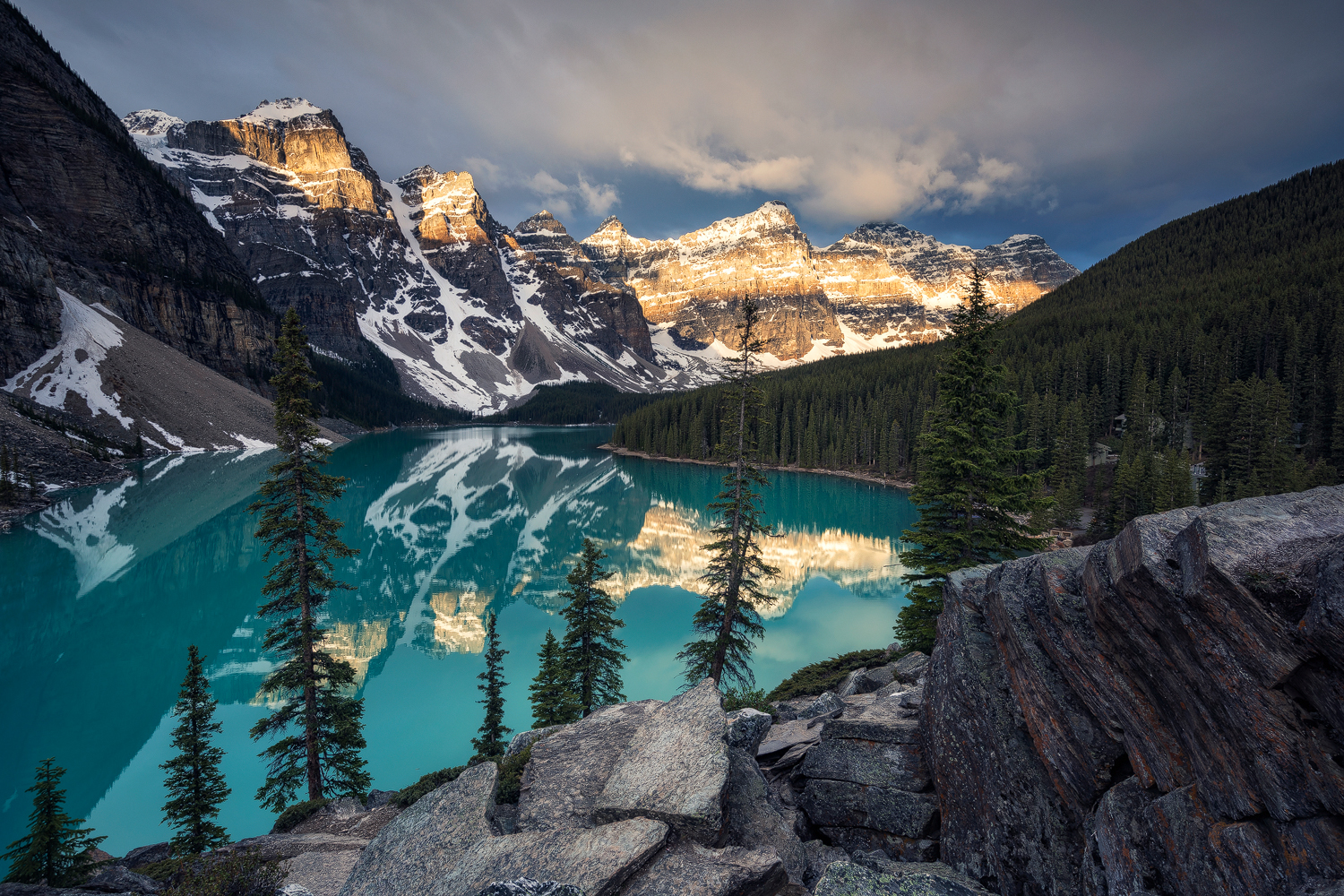
How to Use Foreground to Add Depth in Landscape Photography
Depth of field is the amount of the image, foreground to background, that is in focus. In landscape photography, we often want a deep depth of field. The image has a sharp foreground and background. But other types of photography use a shallow depth of field. For instance, blur is often part of portrait or street photography.
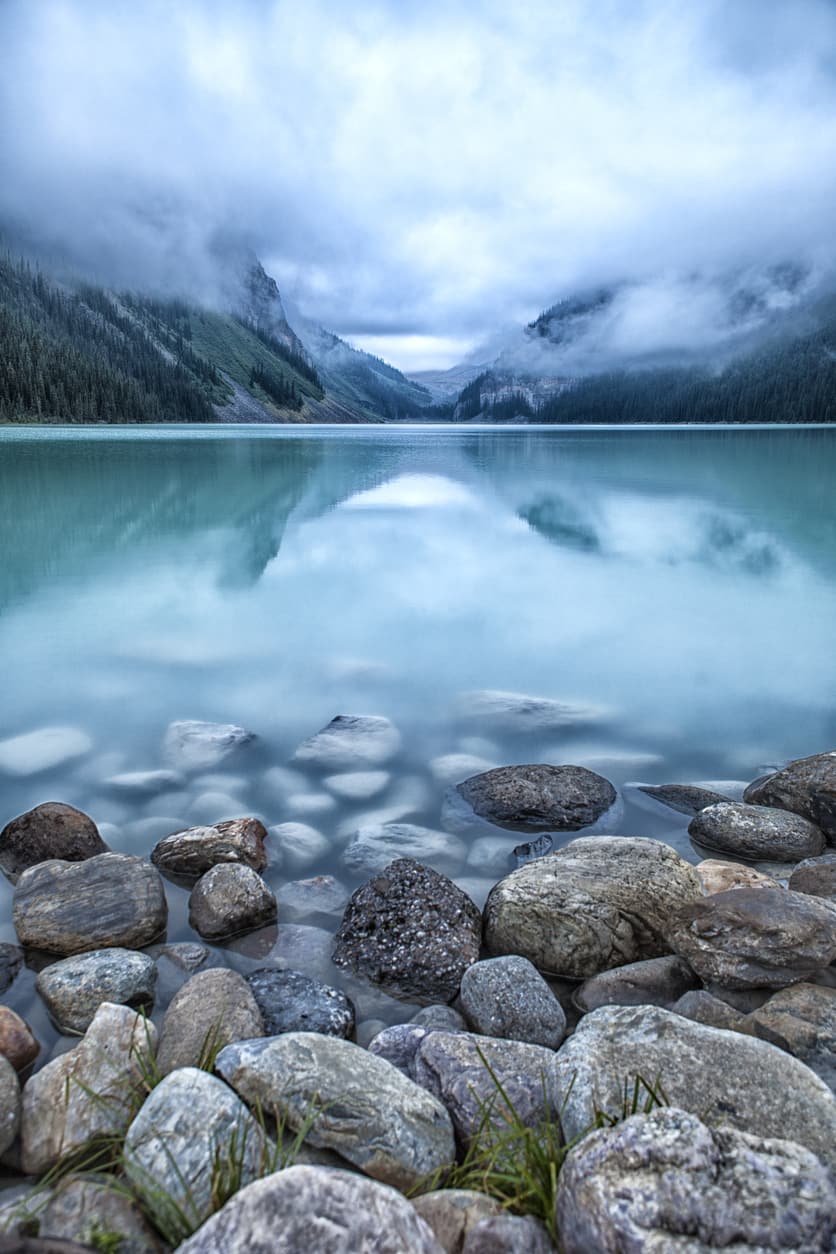
PhotographyTalk How to Get a Perfect Foreground in Landscape Photography
Two primary tools are used to create foreground interest, depth of field and composition. In addition to these methods as tools, a couple of other tools can also assist. A good tripod or tripod alternative, a wide-angle lens, and split field filters are a few pieces of gear that can help in our quest of how to create foreground interest.
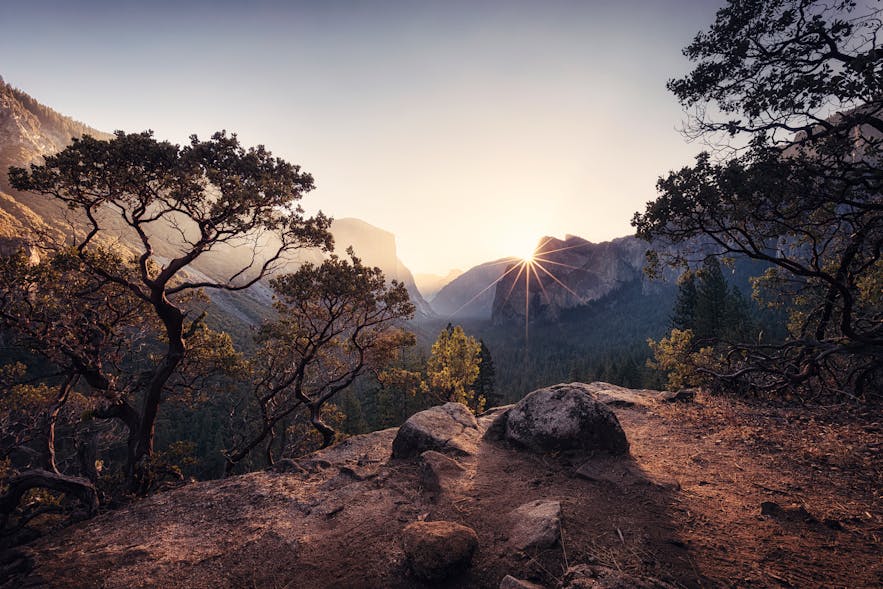
How to Use Foreground to Add Depth in Landscape Photography Iceland
Foreground Dalam Fotografi Setelah kemarin bahas background, sekarang kita bahas foreground ya. Kebanyakan dari kita biasanya lebih memperhatikan background dan lupa dengan foreground, padahal kalau dikomposisikan dengan bagus, foreground bisa membuat foto kita mantul banget loh hasilnya.

FOREGROUND (FG) (ilmu photography) FantasyGrafis
Depth of field is the area of acceptable sharpness in front of and behind the subject on which the lens is focused. It essentially refers to how blurry or sharp the area is around your subject. The camera's aperture controls this blurriness and sharpness by adjusting the size of the opening in the lens. Now how might we get a shallow depth of.

The importance of foreground in landscape photography
Foreground interest is a compositional device that can be used alongside the rule-of-thirds to help to create visual balance and help the viewers' eye to enter the image. It could be a rock, a patch of flowers, a stream or anything that fills the bottom of the frame effectively. The object is often best placed according to the rule-of-thirds.

How And When To Use Foreground In Your Photography Composition VFX
In photography, the foreground is the part of the photography subject that's closest to the camera. The foreground serves as the introduction to a larger image. It sets the stage for the rest of the photo. The foreground is the first element to grab a viewer's attention, leading their eyes right into a scene. The human eye distinguishes.

Building Strong Composition Through Foreground Greg Molyneux Photography
Tip 1: Lead The Way Tip 2: Follow The Bouncing Eye Tip 3: Start at Chapter One Tip 4: Go Wide Or Go Home Tip 5: Use Angles For Drama Tip 6: Set The Scene Tip 7: Experiment With Framing Tip 8: Depth And Focus Tip 9: Manage Exposure Tip 10: Control Contrast Tip 11: Try The Rule Of Thirds Foreground Photography FAQs Final Words What Is the Foreground?
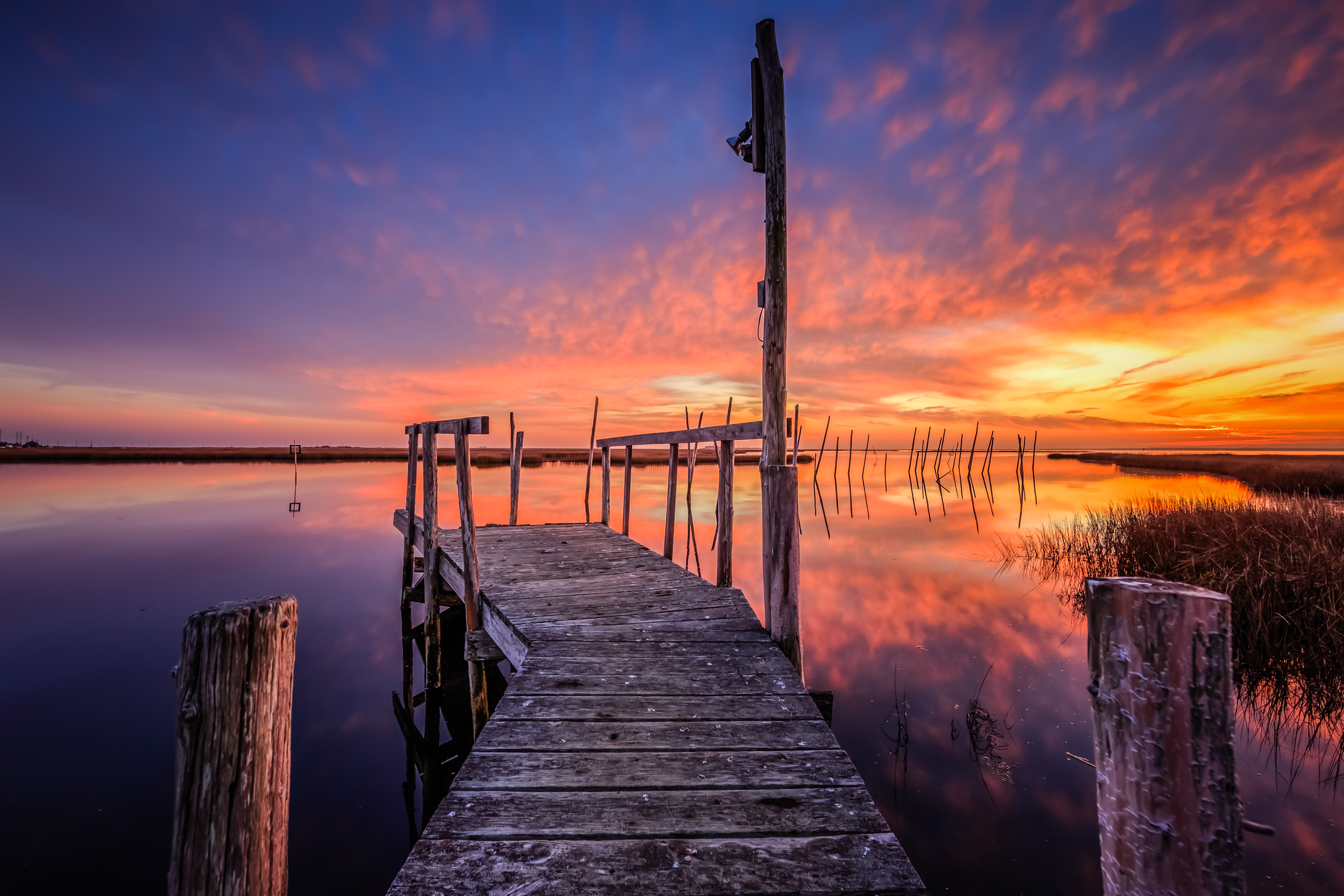
Building Strong Composition Through Foreground Greg Molyneux Photography
Teknik foto framing adalah sebuah komposisi fotografi khusus, yang menempatkan serta memanfaatkan subjek atau objek sebagai bingkai (frame), bingkai ini akan menghasilkan suatu hasil foto lain yang disebut sebagai Point of Interest (POI).

4 hot tips for a dynamic foreground in photography
Foreground itu adalah object yang terletak di antara object dan fotografer. Foreground inilah yang dapat membantu menambahkan efek 3 dimensi dari sebuah foto. Tapi jangan sampai foreground nya itu terlalu dominan, dan mengambil perhatian dari objek utama. Gunakanlah foreground sebagai framing untuk membingkai object tersebut.
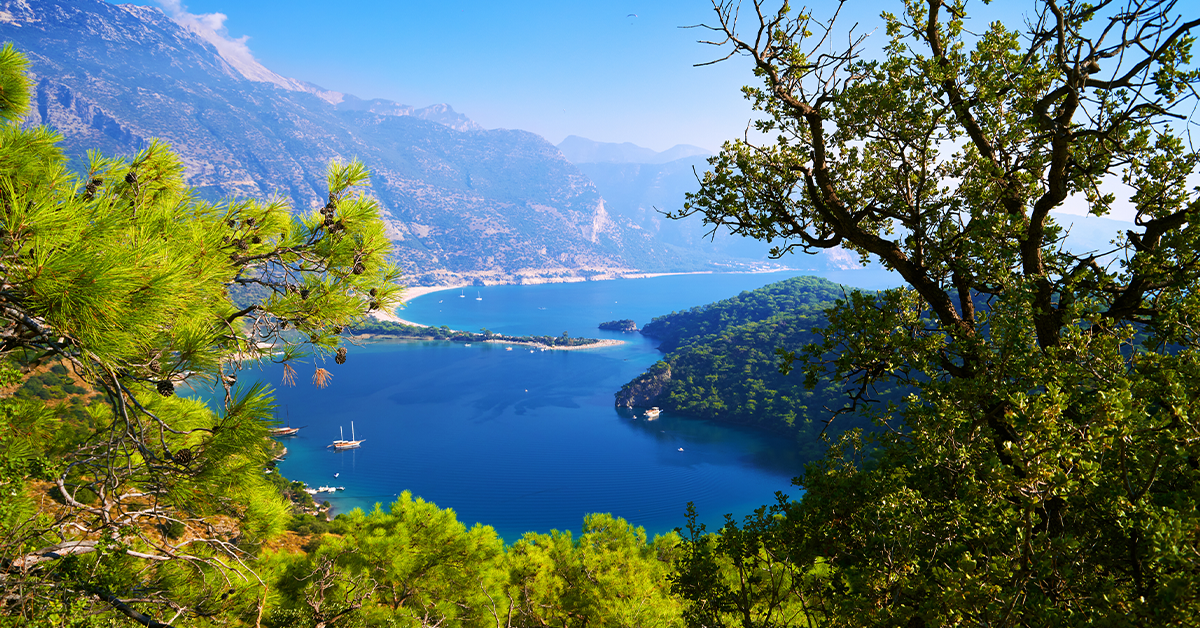
What Is Foreground Photography? The Motif Blog
The foreground is the part of the photo that is close to the photographer's eye. The background is the part that is the farthest away from the photographer. So the middleground is the section between the foreground and the background. Unlike our human eyes which are 3-Dimensional, photos are usually compressed into a flat 2-Dimensional art.

How to Use Foreground to Add Depth in Landscape Photography
Every shot you take is made up of the following: Foreground - this is the area that is closest to the audience's view. Middleground - this is the area that is between, you probably guessed , the foreground and the middleground. Background - this is the area that is behind the other two layers.

What Is Foreground Photography? The Motif Blog
And so by using the golden triangle guidelines, you'll be able to take your images from more static compositions to more dynamic compositions-compositions that move the eye throughout the frame. Note that dynamic compositions tend to be very powerful, because they trap the viewer within the scene. The viewer's eye shifts from.
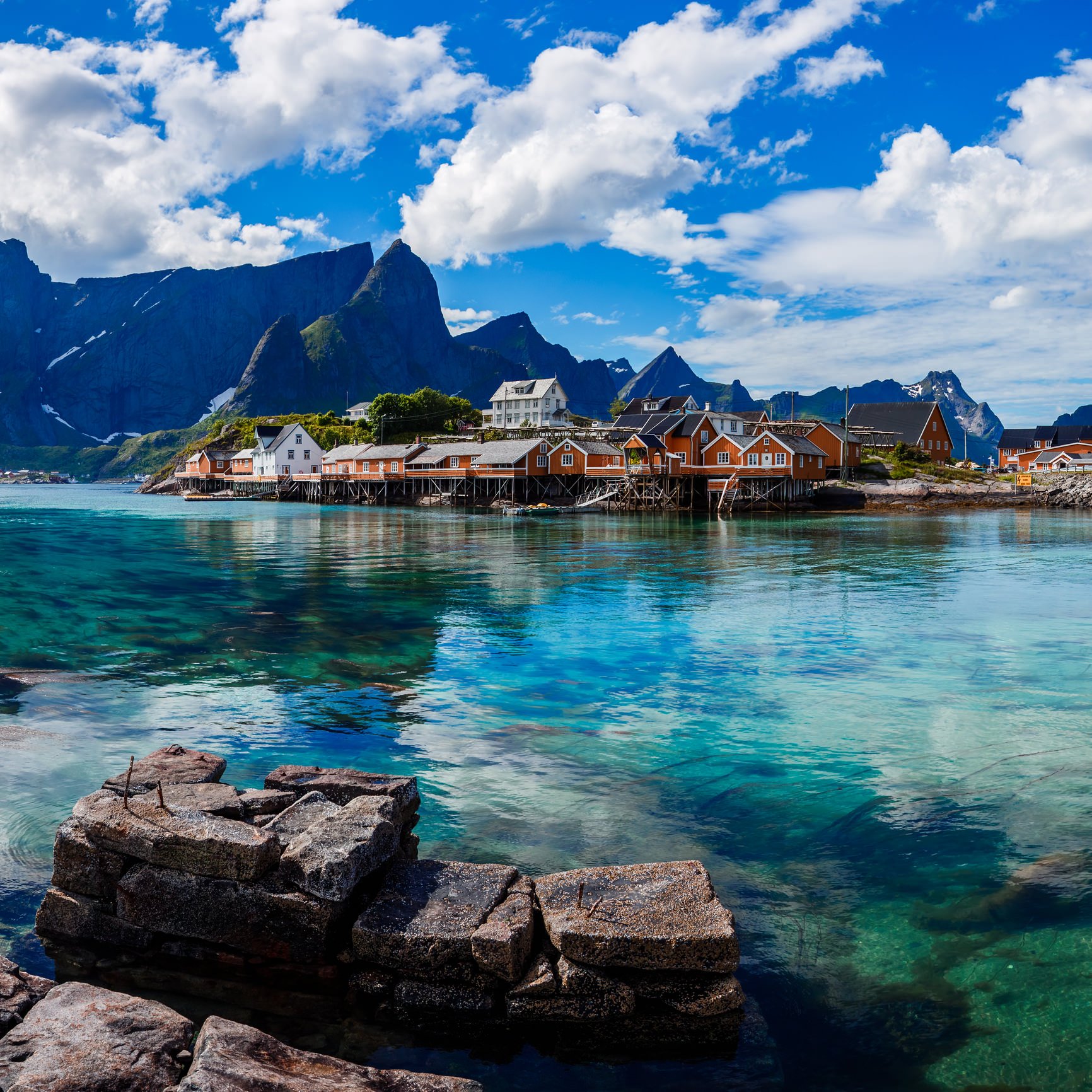
PhotographyTalk How to Get a Perfect Foreground in Landscape Photography
The Foreground is the section of the image which lies closer to the viewer's or photographer's eye. It is generally located in the bottom of the frame (not always). What is Background? The Background is generally the top section of an image in the case of Landscape photography (but not always).
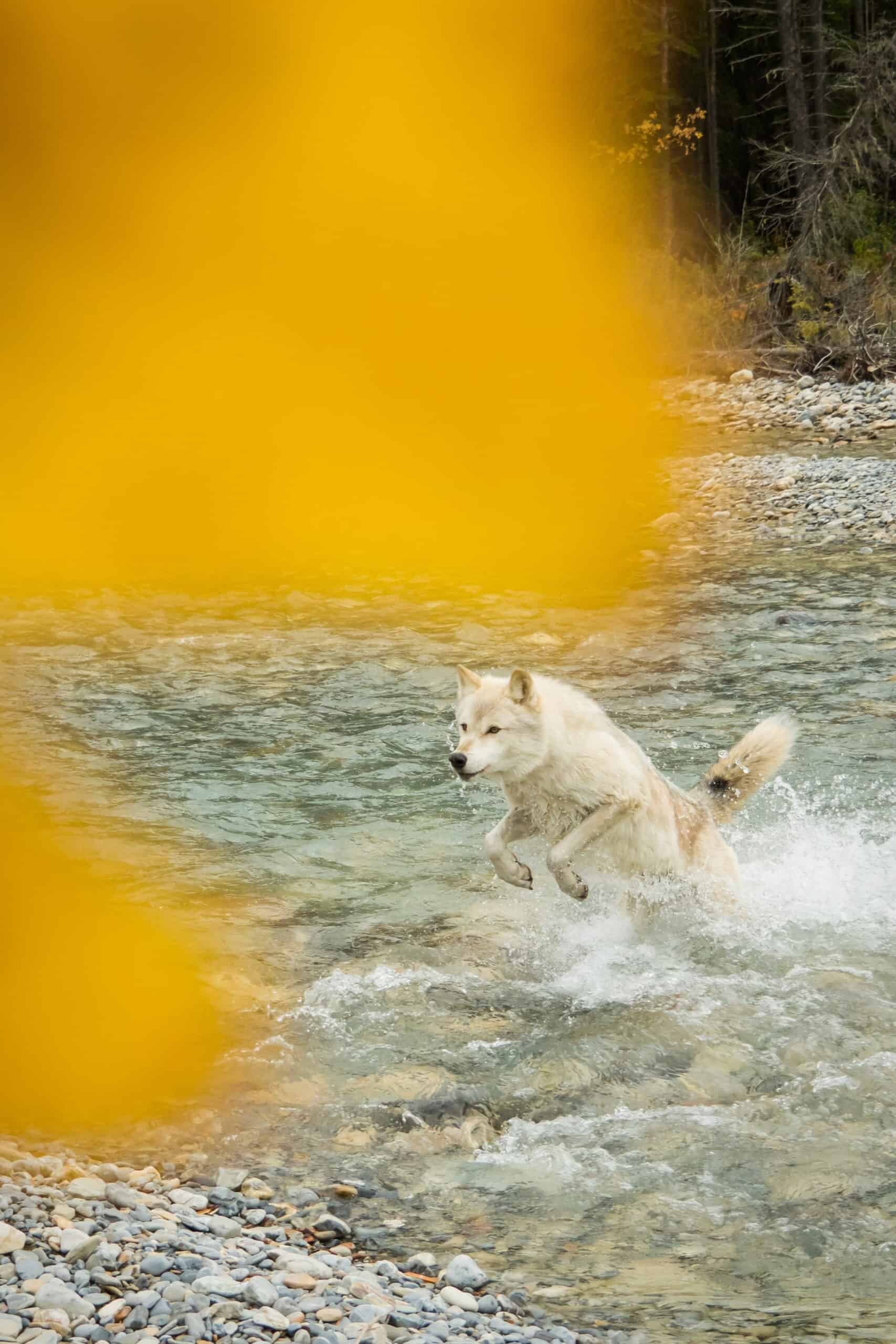
Depth of Field + Foreground Focus Photography Tips
Challenge has finished. Including some foreground interest in a scene is a great way of adding a sense of depth to the scene. Photographs are 2D by nature. Including foreground interest in the frame is one of a number of techniques to give the scene a more 3D feel. Let's see images that have a clear foreground interest and background interest.

4 hot tips for a dynamic foreground in photography
Foreground merupakan latar depan foto yang biasanya keberadaannya diburamkan oleh kita. Berbeda dengan framing yang terkadang tidak memburamkan latar depannya. Selain itu, benda yang dijadikan foreground hanya sebagian kecil saja. Lebih kecil dari benda yang digunakan oleh framing. Apa saja benda yang dapat dijadikan objek foreground?
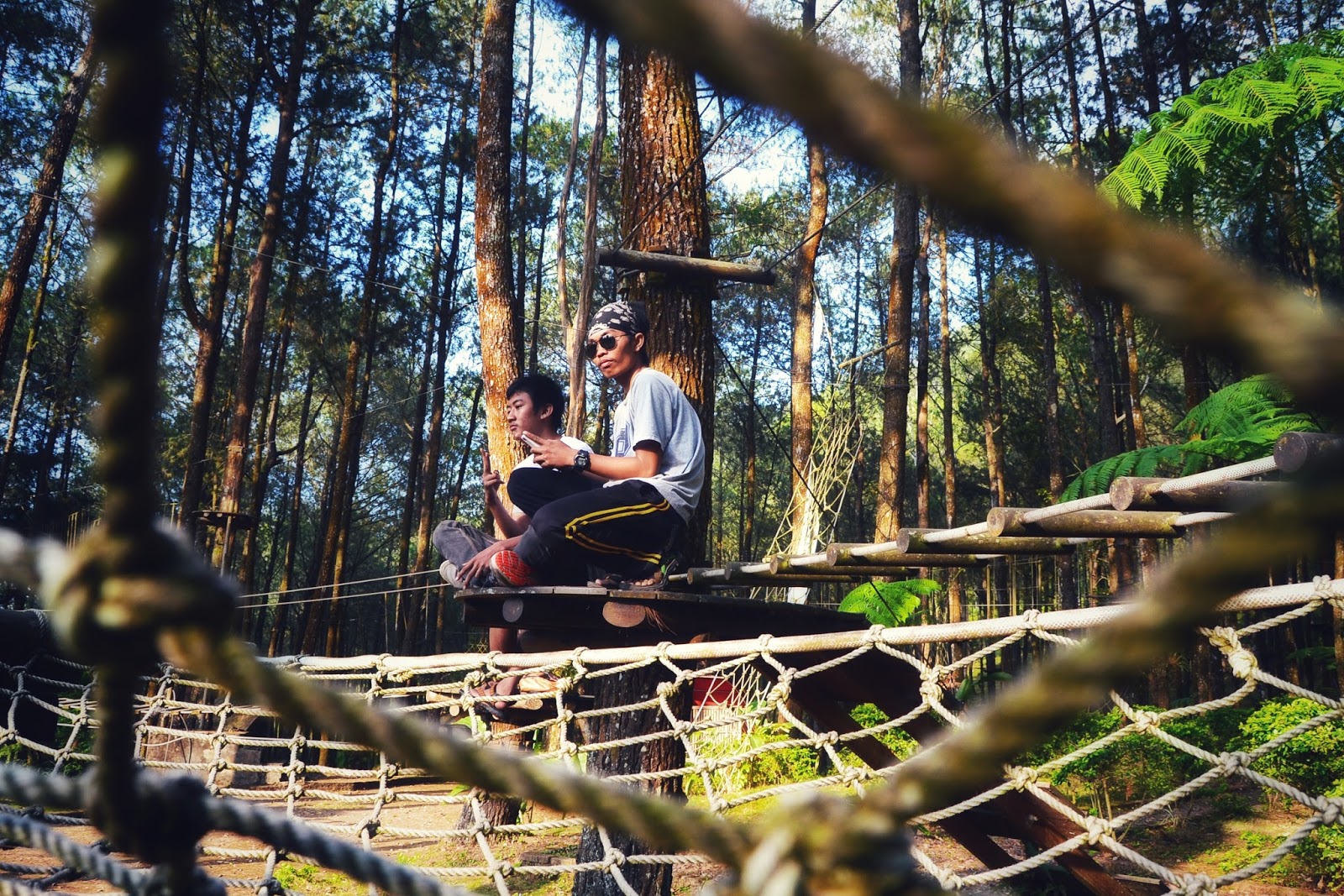
Mengenal Teknik Framing dan Foreground Blog Banten Kamera
Depth of field and focusing. When using foreground interest, you will likely desire everything within the frame - from front-to-back - to be acceptably sharp. To do this, select a small aperture to generate a sufficiently large depth of field. Although small f/stops, like f/22, will extend depth of field, they also suffer the effects of.